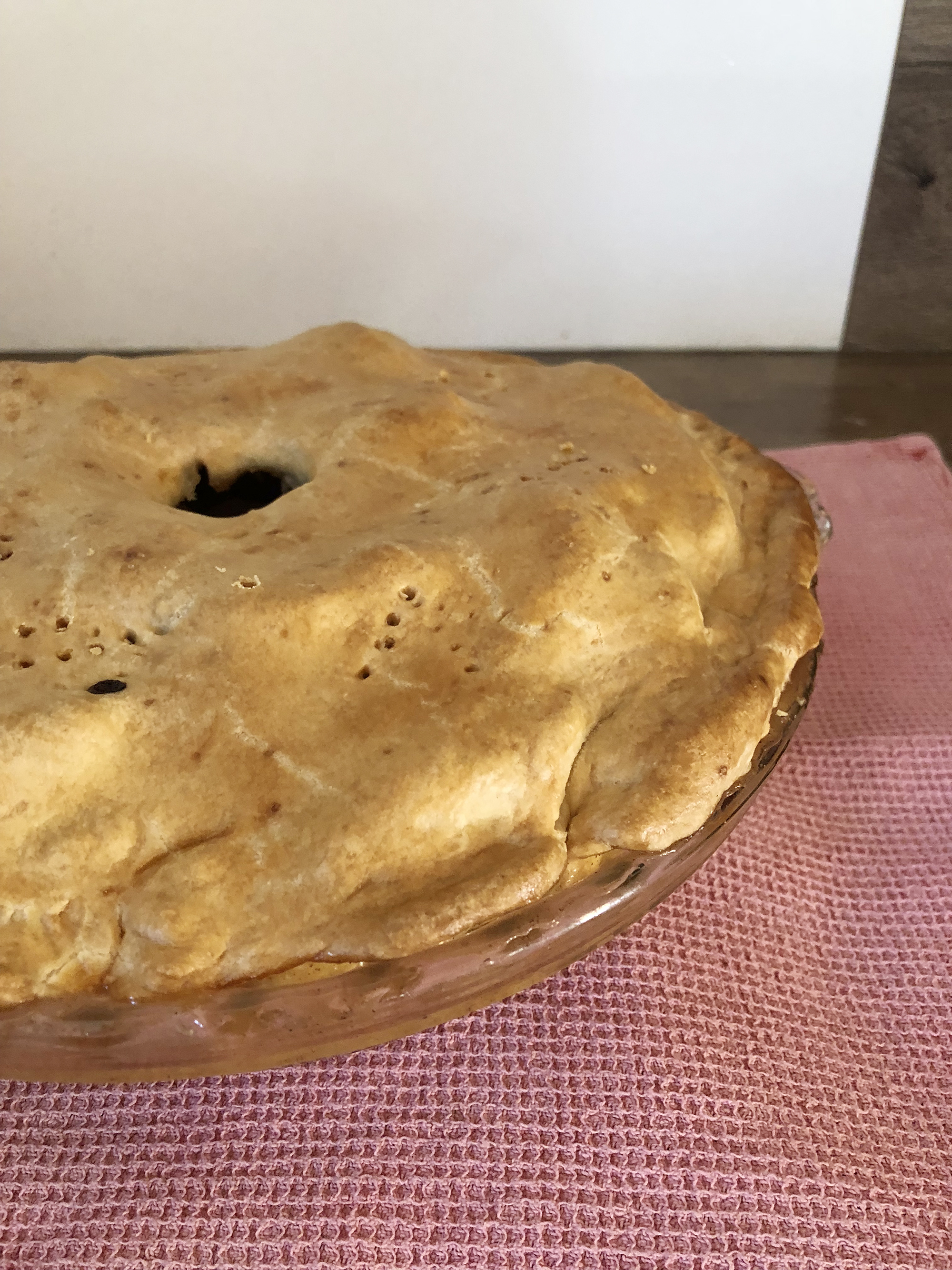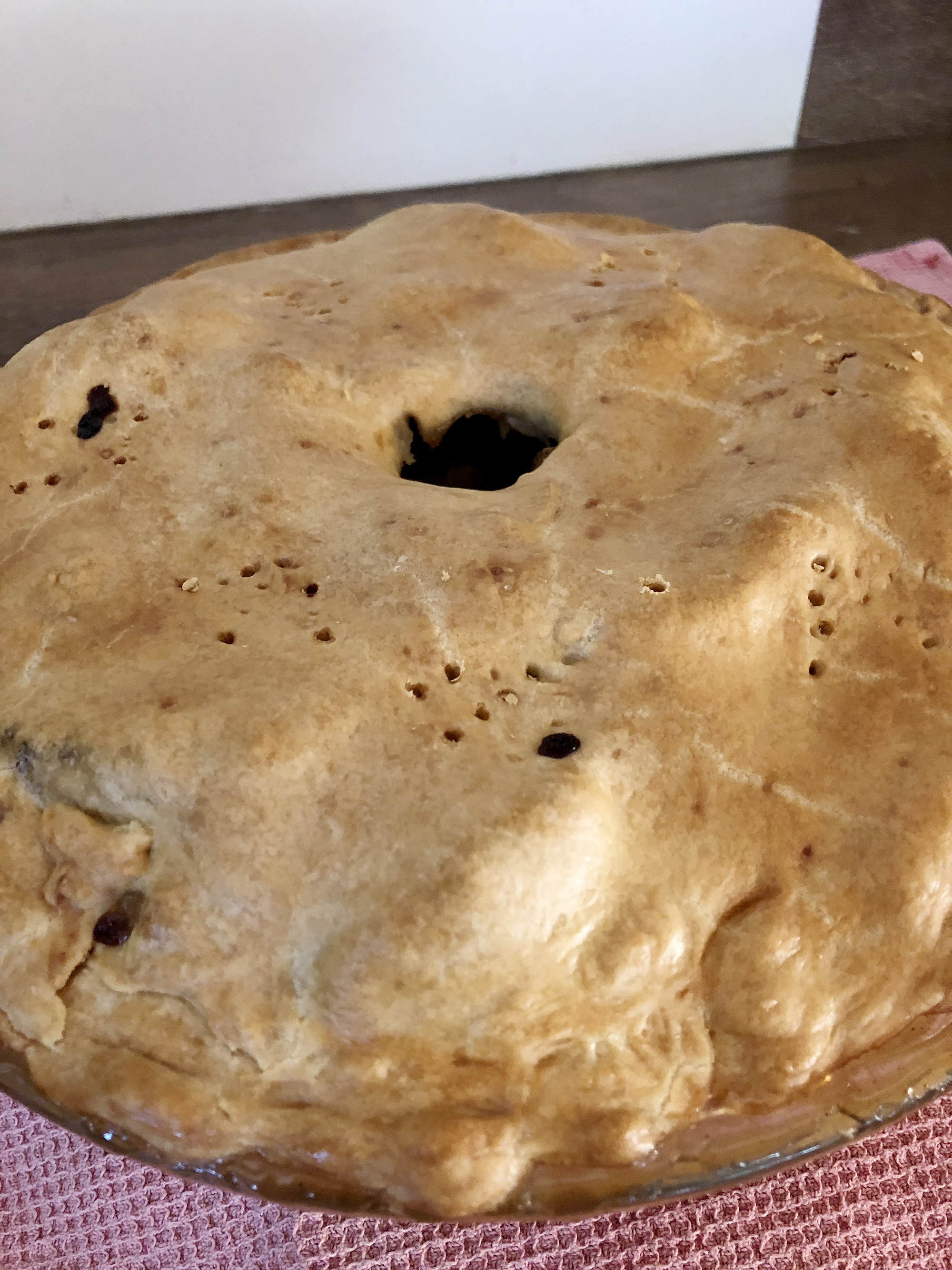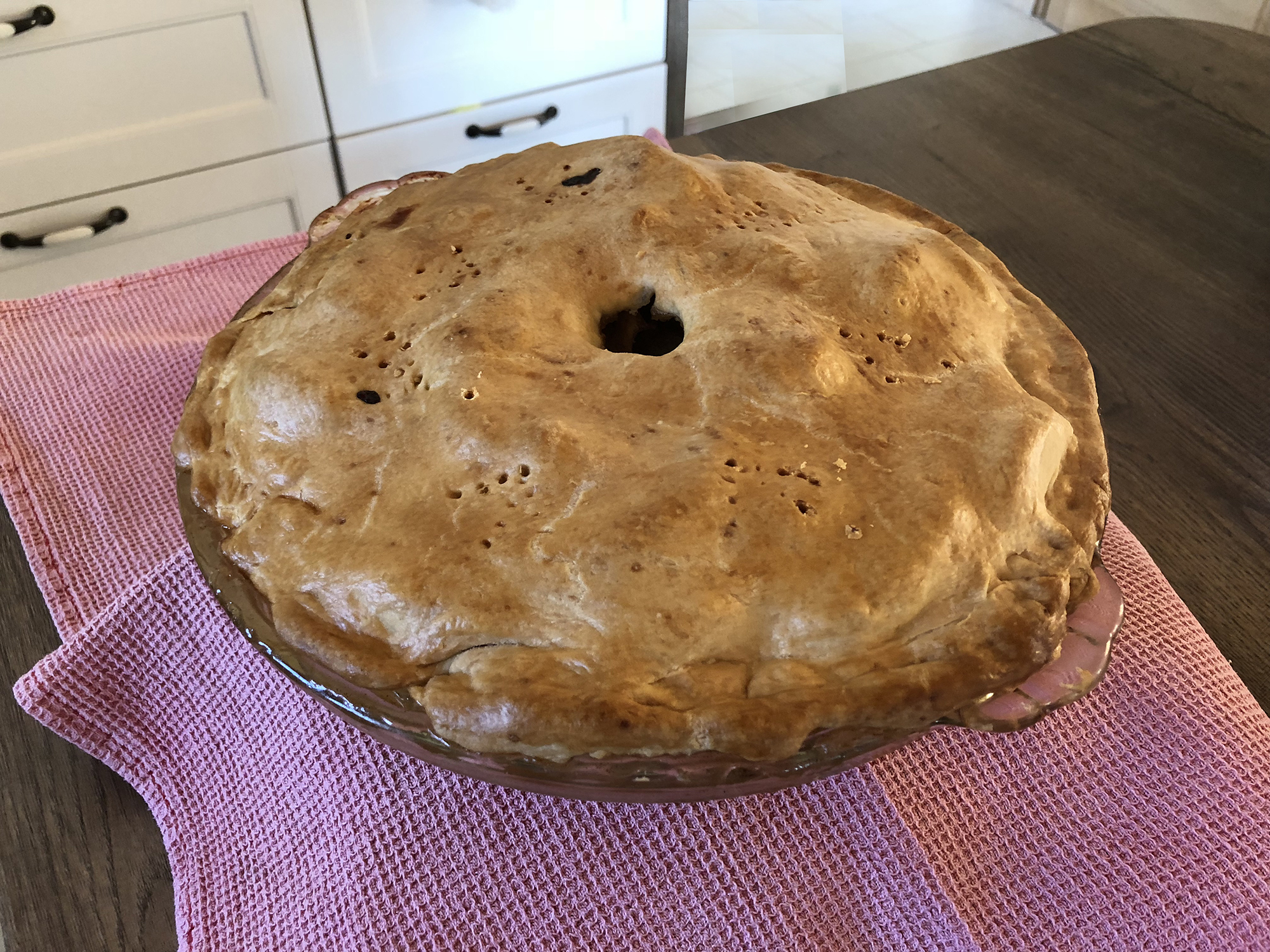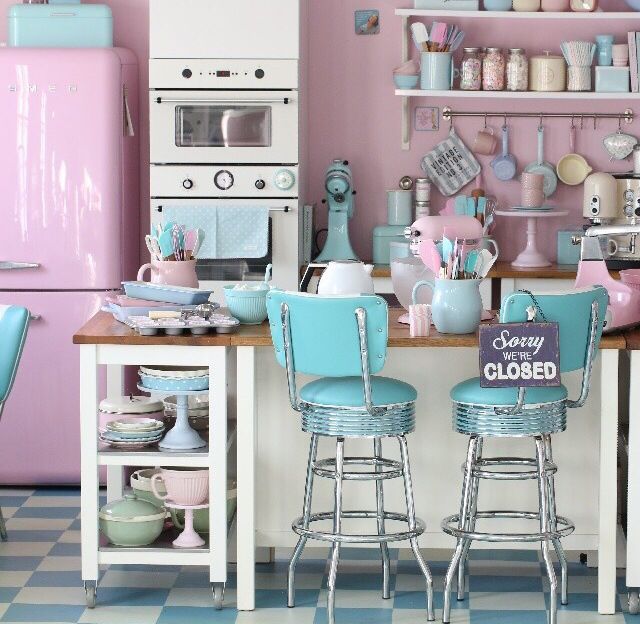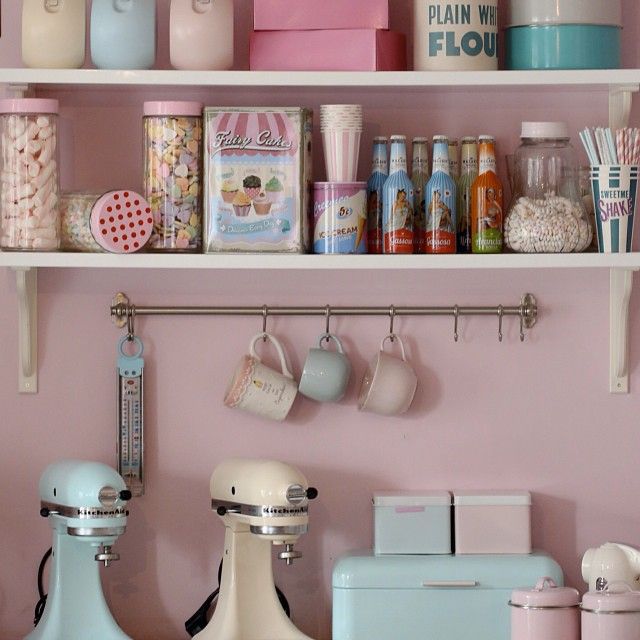If you have decided that your passion for baking cakes and other tasty treats has surpassed the limitations of your domestic kitchen, you may have considered becoming a professional baker!

You might be interested in opening a café and selling your homemade cakes there. Alternatively, you might want to specialize in things like brownies or wedding cakes. Whatever type of thing you want to do, you’ll need to have a good business plan and a lot of determination. Here are some useful tips on how you can become a professional baker.
Space
The space you will need will all depend on how big you want your business to be. You can use your domestic kitchen if you’re going to take orders for smaller batches, which is how you might want to start your baking profession to ease into it. However, as you become busier you will require more space to complete orders. Look for a professional bakery space or café to hire to make sure you have the room bake large quantities.
Equipment
You will need to invest in the right equipment to carry out larger orders. Again, if you’re starting small at home you might find your current mixer, processor, baking trays, etc. are efficient, but eventually you will need to expand your collection of utensils. Having the right equipment for the job makes your life a lot easier, and ensures that orders are completed on time and to a high standard.
Thankfully, many restaurant supply stores online offer a wide range of kitchen utensils and tools necessary for your baking area. For instance, you can check out these websites to find the right equipment to help you start your baking career.
Ingredients
Think about the ingredients you use for your baking. As a business you will need to consider your budget when ordering from your food supplier, but ask yourself if what you’re using is the best you can buy. If you can afford to invest in better quality ingredients then do so, as this will improve the taste of your cakes, brownies, cookies and so forth. The better your food tastes, the more successful you will become.
Conventions
If you’re new to professional baking, consider attending some conventions or other events that focus on the industry. Food festivals in general are good places to discover new ingredients or inspiration for new recipes. These events also provide the opportunity to hear about new equipment that could make your work easier for you, like specialist ovens or electric mixers. You can find more information on events on sites like ticketsales.com or industry magazines and websites.
Packaging and Delivery
Getting good quality packaging will not only help keep your baked goods safe during transportation but are an opportunity to showcase your brand. You can get bespoke labels made to stick on each package before you send it out, and consider inserting a business card in there, too. Additionally, make sure your delivery system is efficient, whether or not you deliver your orders to customers yourself or you choose to hire a courier for this service.
There’s a lot more to think about if you want to become a professional baker, but here are a few tips that might help you get started!

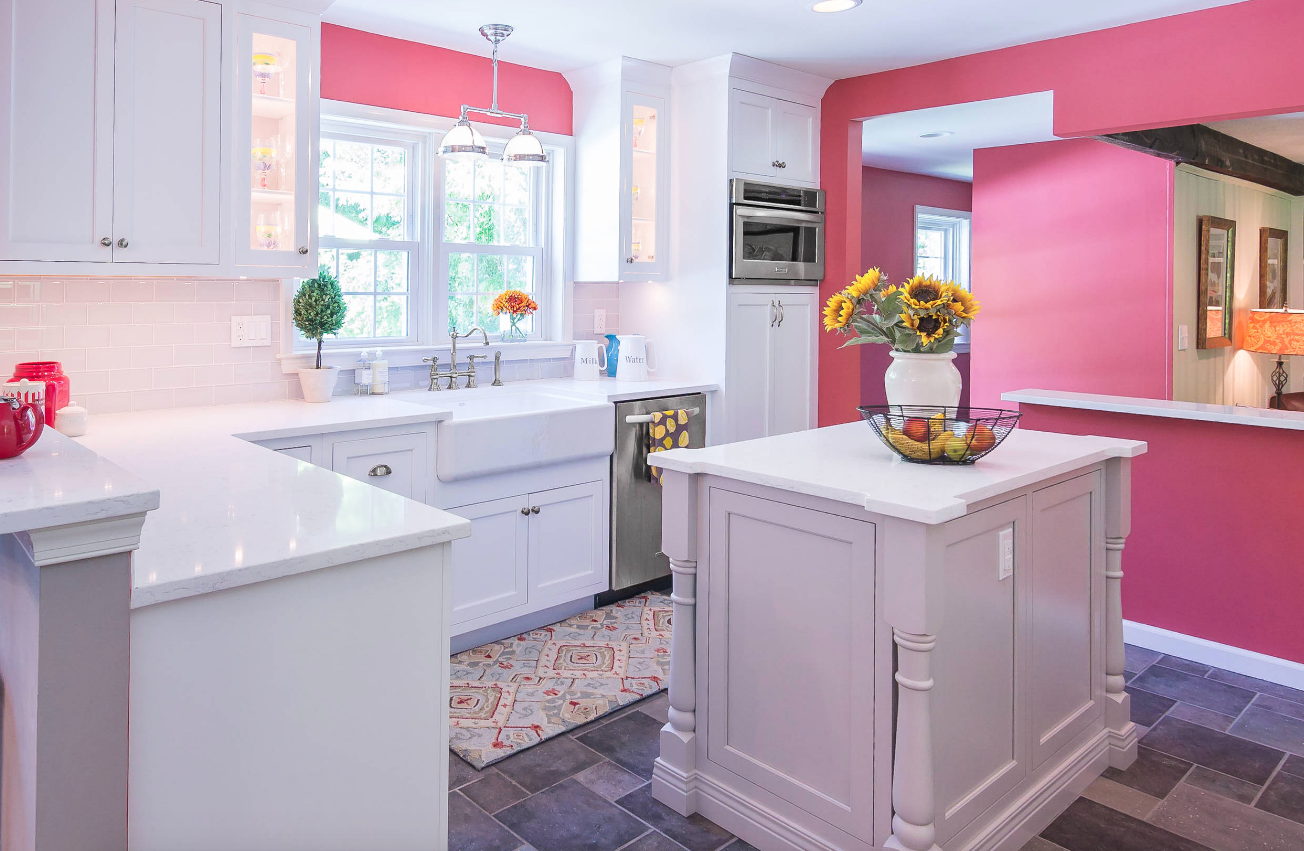 Photo By:
Photo By:  Photo By:
Photo By: 
